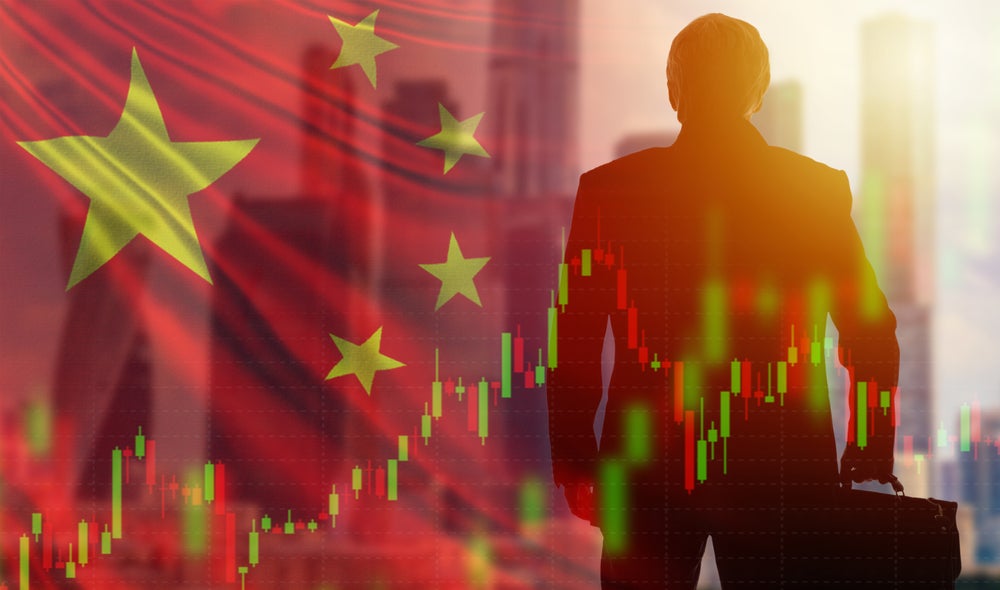Back in 2018, President Trump initiated a trade war with China, imposing tariffs on close to $350bn of annual Chinese imports. Although a “Phase One” trade deal was signed in January 2020 to reduce Chinese tariffs and increase US exports to China over two years, the relationship between the two countries deteriorated, and the anticipated “Phase Two” deal never materialised. Luca Castoldi writes
Following the signing of the trade deal, the Covid-19 pandemic and the war between Russia and Ukraine in 2022, companies were prompted to reassess their supply chains. Developed countries, including the US, began reshoring some manufacturing processes. China, to date, also remains a global manufacturing powerhouse with a comprehensive supply chain, developed infrastructure and expertise. It is also a significant consumer market. Despite this, geopolitical tensions and supply chain disruptions have led companies to adopt a “China-Plus-One” strategy.
The “China-Plus-One” first emerged in the mid-2000s as a means to reduce costs by shifting production to lower-cost countries. In recent years, companies have adopted this business model to safeguard their supply chains and export markets against potential fallout from potential US-mainland China conflicts. It is also used as a strategy to diversify supply chain risks and move away from relying solely on short supply chains and just-in-time practices.
As a result, the ASEAN region has emerged as the most favourable destination to absorb relocated businesses due to its abundant and cost-effective labour force. ASEAN, if considered as a single country, would be the world’s third most populous state after India and China. The region has a young and growing population with a median age of 30 years compared to 39 years in China and 49 years in Japan.

Consequently, the ASEAN region is experiencing a significant surge in foreign direct investment.
- Vietnam, often referred to as the “spin-off” of China, has emerged as a major player of the textile and electronic sector, with strong supply chain integration with China.
- Malaysia has become a hub for international tech companies, with strong chip-testing and packaging-factories. The country is widely considered a “friendly” nation due to its stable and constructive diplomatic relations with the US and Europe, as well as its strong investment ties.
- Thailand has attracted Japanese and Chinese carmakers, who have relocated some of their production to the country.
- Indonesia, being the most populous country in Southeast Asia and the fourth most populous country in the world, boasts abundant resources. The nation is actively increasing the production of value-added products, especially in the electric vehicles’ space.
- ASEAN countries have also implemented preferential policies, incentives, and grants to attract overseas investment in targeted industries. Vietnam and Thailand, for example, have encouraged the growth of high-tech manufacturing in aerospace, medical devices, and robotics to move up the regional value chain.
The ASEAN-six countries are actively involved in two major economic frameworks. They are part of the US-led Indo-Pacific Economic Framework for Prosperity (IPEF), which aims to reduce non-tariff barriers and facilitate increased US investment in member countries through regulatory harmonisation. Additionally, they are part of the Regional Comprehensive Economic Partnership (RCEP), a free trade agreement that includes all ASEAN members, as well as mainland China, Japan, South Korea, Australia, and New Zealand. These countries generally maintain a neutral stance in the strategic rivalry between the US and mainland China and instead focus on maximising economic relations with both nations.
Although the region faces certain challenges such as varying legal systems, markets, infrastructures, and bureaucracy, it also offers several advantages as a preferred destination for the China-Plus-One strategy. Its proximity to mainland China, economic partnerships with both the US and mainland China, and relative political stability make the region highly appealing for international investors.
Luca Castoldi is senior portfolio manager at REYL Intesa Sanpaolo








